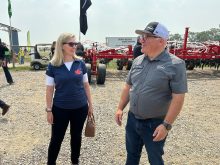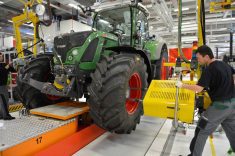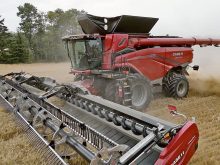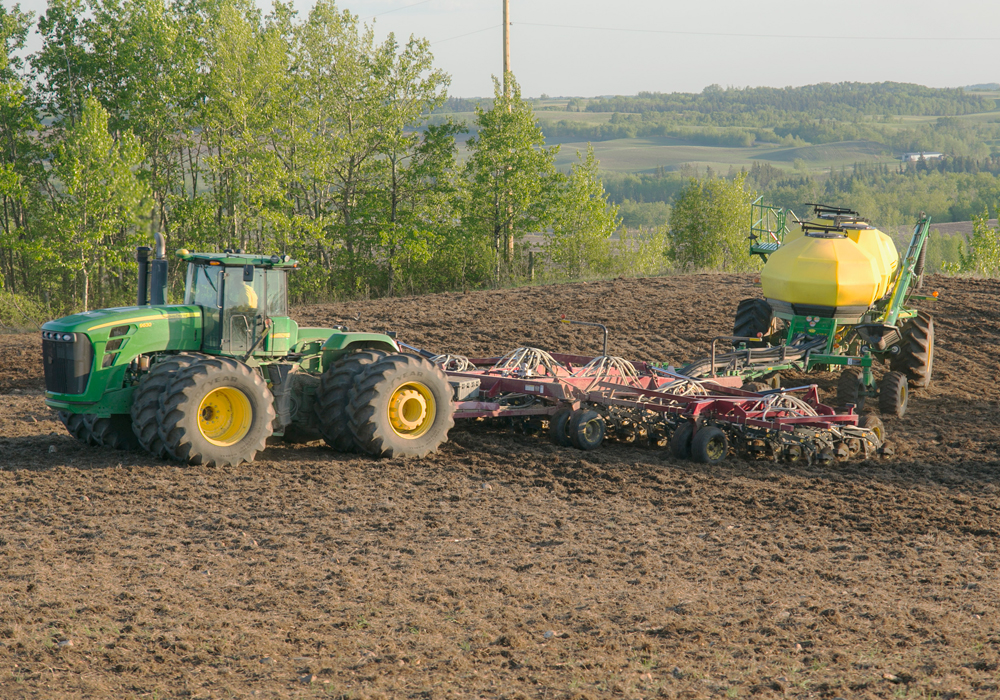CHICAGO, Ill. (Reuters) – Good planting weather in the U.S. Midwest should allow farmers to seed more corn acreage at the expense of soybeans, according to a forecast by Doane Advisory Services.The company said the move would boost U.S. corn production and add to the growing stockpile.The beneficial weather is expected to improve crop conditions and boost corn yields. The U.S. Department of Agriculture’s first crop ratings as of May 16 showed the corn crop was 67 percent good to excellent, which is above average for this time of year.“We think we are looking at really good yields,” said Bill Nelson, an analyst with Doane Advisory Services. “We get those first ratings, that sets the standard.”U.S. corn ending stocks could reach 1.997 billion bushels if normal weather patterns persist during summer, said the Doane forecast, which topped the USDA’s most recent forecast of 1.818 billion bu.Doane’s corn acreage forecast increased to 89.8 million acres, one million more than the USDA’s March planting intentions report.The fast planting pace was behind the new acreage view. U.S. farmers had seeded 87 percent of the corn crop as of May 17.Soybean ending stocks for 2010-11 were pegged at 355 million bu., below the USDA forecast of 365 million bu.Wheat ending stocks should reach 995 million bu. compared to the USDA outlook of 997 million, Doane said.The company’s predictions for the USDA’s supply and demand outlook report May 11 were more accurate than the market average for corn and soybeans but less accurate for wheat.For corn, Doane’s prediction was just 18 million bu. below the USDA’s forecast of 1.818 billion bu. The average estimate based on a poll of analysts was 83 million bu. above the government reading.For soybeans, Doane’s estimate came in 15 million bu. below the USDA report while the average estimate was 25 million bu. below.Doane’s wheat stocks prediction in early May was 72 million bu. below the USDA’s supply and demand report while the average analyst estimate was 44 million bu. below.
Read Also
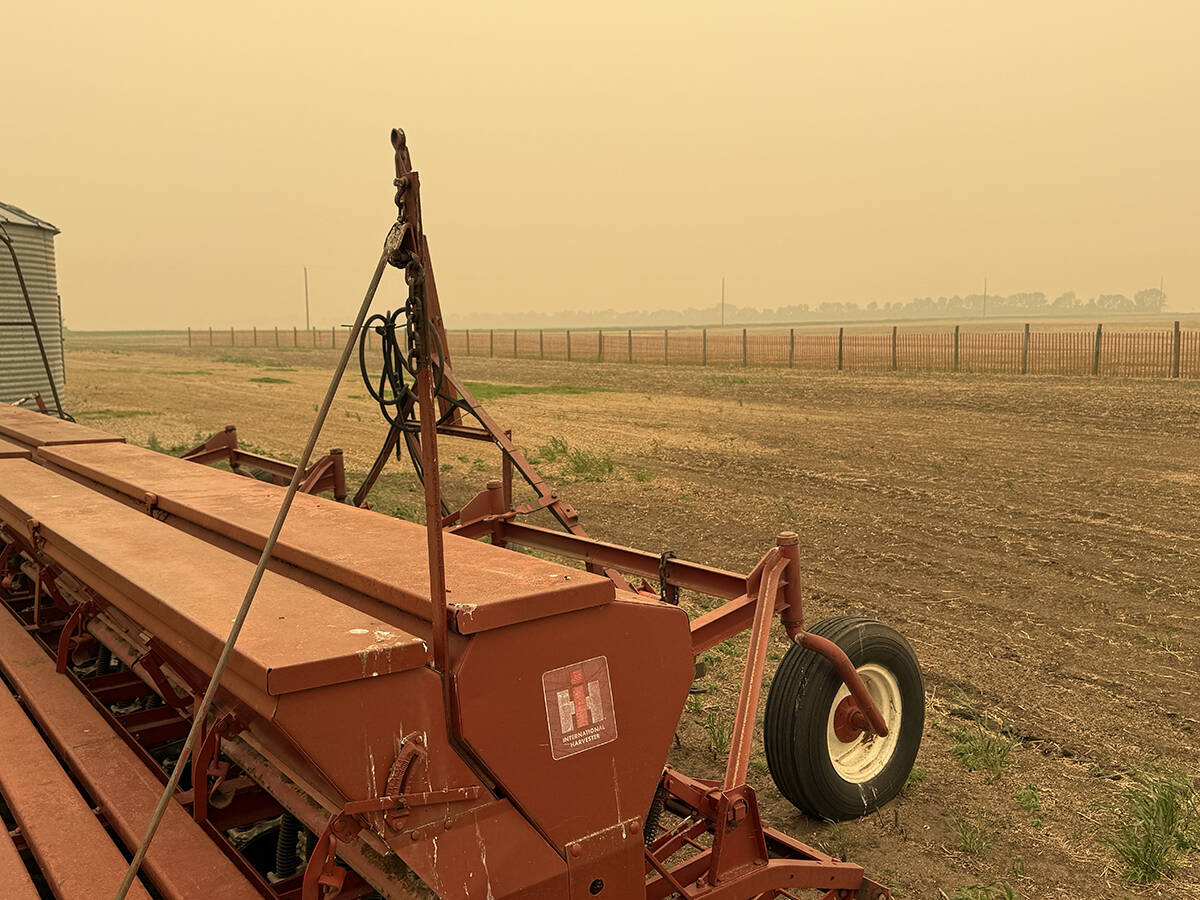
Wildfires have unexpected upside this year
One farmer feels smoke from nearby wildfires shrouded the July skies and protected his crop from the sun’s burning rays, resulting in more seeds per pod and more pods per plant.


